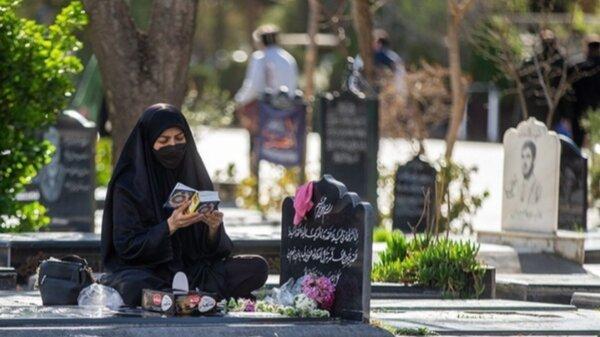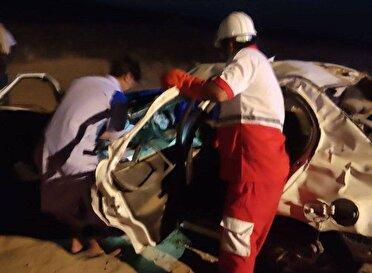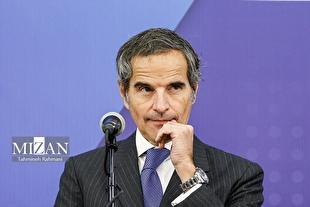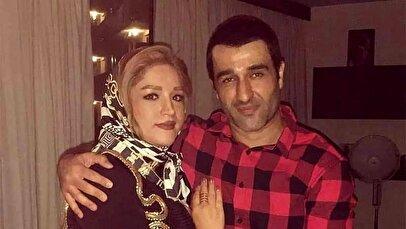How mass Haredi opposition could reshape Israel
How mass Haredi opposition could reshape Israel

The massive rally of the Haredi community in Israel on Thursday was not merely another episode in the long-running conflict between secular and religious Israelis.
It revealed something deeper: a tectonic shift driven by dramatic demographic change, internal fractures within the Haredi community, and the unravelling of a political bargain that for decades linked the state’s ruling coalitions to Haredi parties.
For decades, the political architecture that sustained Haredi political power rested on a simple transactional logic: in return for predictable Knesset support, Haredi parties secured budgets, institutional autonomy, and protections for religious life.
Under Prime Minister Benjamin Netanyahu’s long tenure, that arrangement - fed by growing state resources and generous allocations to Haredi education and social systems - became entrenched.
Although in the past the ultra-Orthodox parties and community tended to support peace initiatives - most notably the Oslo Accords which passed in the Knesset thanks to their backing - the growing radicalisation within Israeli society in recent years has not bypassed the ultra-Orthodox sector.
Despite the historically complex relationship between the ultra-Orthodox community and Zionism, there was a clear expression of support from the ultra-Orthodox parties and public for Israel’s military onslaught in Gaza.
But two years of genocide in Gaza, massive defence spending, and growing demands from broad segments of the Israeli public to rebalance “the burden of occupation” have put that compact under unprecedented strain.
Calls from both the nationalist right and its liberal critics to reorder the relationship between the state and Haredi society - essentially to renegotiate the status quo - have exposed how brittle the old bargain really is.
The original “status quo” pact between Israel’s founders and Haredi leaders enshrined four core arrangements. These included Shabbat as the state day of rest; kosher standards in state institutions, including the army and hospitals; personal status governed by religious law; and autonomy for Haredi education under the “independent education” framework.
But conspicuously absent from that founding compromise was a clear settlement on military service.
Mass phenomenon
The exemption of Haredi yeshiva students from conscription emerged only after statehood, as a temporary concession to a shattered European Torah world - initially a few hundred students spared in 1948.
What began as narrow, exceptional relief gradually ballooned into a mass phenomenon: tens of thousands exempted, while public debate has raged in the background, with several attempts made to enshrine into law the ultra-Orthodox exemption from conscription.
At the same time, Haredi Israelis have gone from constituting roughly 10 percent of the population in 2009 to around 14 percent today - an increase measured in tens of thousands of people in just a decade and a half.
Israel's delicate compromise between religion and state is cracking under the combined pressures of demographics, war and economic realities
Rapid demographic growth concentrates young people in a community whose social and educational systems are often detached from core labour market skills such as English, maths and science. The result is a paradox: a community that receives substantial state support while remaining economically marginalised, and increasingly resentful of efforts to change that reality.
These stresses have produced fractures inside the Haredi world. Deep hierarchies, rivalries between Lithuanian and Sephardi leaderships, and diverging attitudes towards Zionism and the state all complicate a single, unified response.
Some factions remain fiercely anti-Zionist, rejecting the legitimacy of the state; others pragmatically collaborate with secular coalitions to defend communal autonomy. Thursday’s rally itself, and the deliberate absence of political speeches, reflected these internal tensions: a show of mass force that nevertheless concealed real disagreements among Haredi leaders and constituencies.
At the same time, new sociopolitical currents are reshaping the attitudes of younger Haredim. Exposure to smartphones and the internet, economic hardships, and increased contact with non-Haredi Israelis have radicalised some segments of the community and opened them to alternative political narratives.
Some young Haredim have even volunteered for military service or joined extremist paramilitary units - Netzah Yehuda - an alarming development that has drawn international scrutiny.
Stark choice
Simultaneously, non-Haredi religious-nationalist politicians - most visibly the likes of National Security Minister Itamar Ben Gvir - have cultivated influence among some Haredi youth via social media, through messaging that blends religious symbolism with militant nationalism. These cross-currents have intensified tensions between Haredi rabbis and Religious Zionist clerical figures, for example over access to sensitive holy sites.
What unites most Haredim right now is opposition to forced conscription. That opposition is not monolithic, however, and the coalition against conscription spans wildly different actors, from pragmatic communal leaders who fear the loss of religious autonomy, to ideologues who oppose the state on theological grounds.
The state, for its part, faces a stark choice: preserve the old status quo - risking economic instability over the long term, and widening public resentment - or press for structural changes that will inevitably provoke political and social upheaval.
The broader lesson of recent weeks is that Israel’s delicate compromise between religion and state is cracking under the combined pressures of demographics, war and economic realities. The government cannot indefinitely subsidise an educational ecosystem that leaves large cohorts unequipped for modern employment, while simultaneously demanding more soldiers for an expanding occupation.
If the state seeks to maintain both a viable economy and its expansionist military agenda, it must find ways to integrate more Haredim into the workforce and national service, without causing mass protests and widespread disruption. If Haredi communities seek long-term viability, they must reopen their relationship with Zionism and state institutions. Neither path is easy, and both will be bitterly fought.
Although this entire episode can be viewed as an internal Israeli affair among different social groups, it cannot be separated from the broader crisis Israel is generating within the Jewish world itself. This crisis is the consequence of the growing militarisation and the neoliberal policies that Israel upholds to sustain a Sparta-like state, whose very existence revolves around maintaining a vast military apparatus.
The implications of this reality extend far beyond Israel’s borders, shaping how the Jewish world understands itself and its moral relationship to power, war and nationhood.
The views expressed in this article belong to the author and do not necessarily reflect the editorial policy of Middle East Eye.











